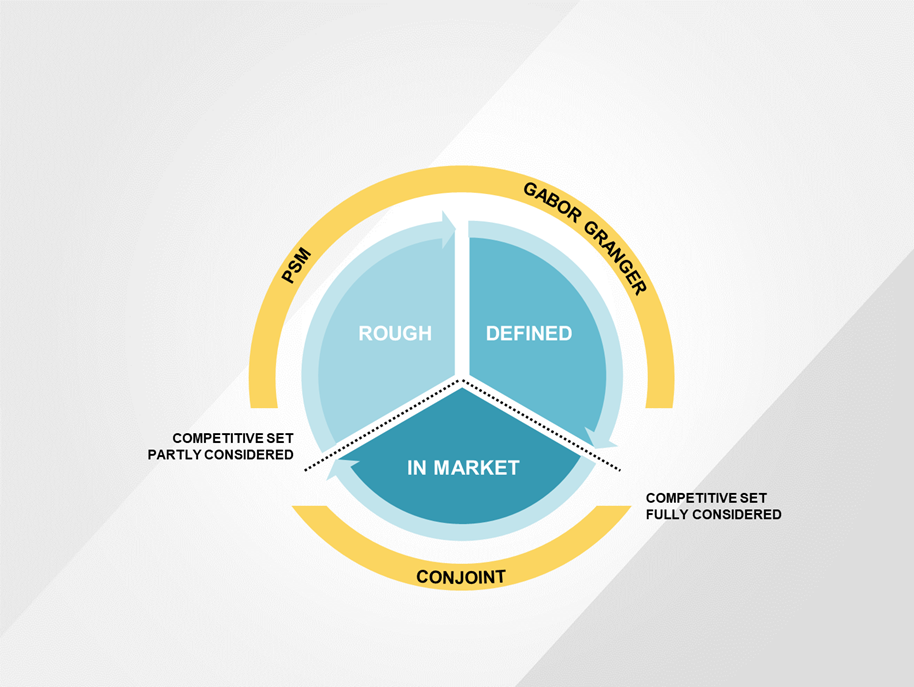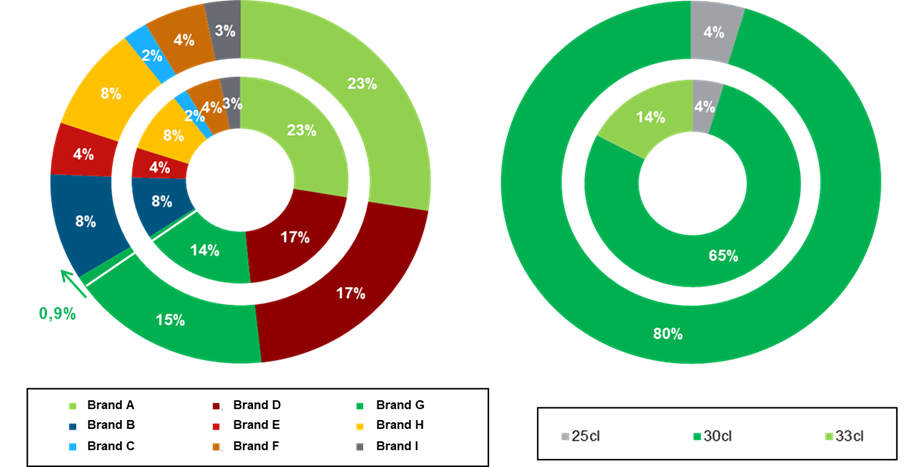
How human-to-human connections drive consumer centricity
Written by Tom De Ruyck
To become genuinely customer-centric, organizations must realize the need to understand their customers as humans and help them achieve what they aspire. Read on to discover what this means for brands.






